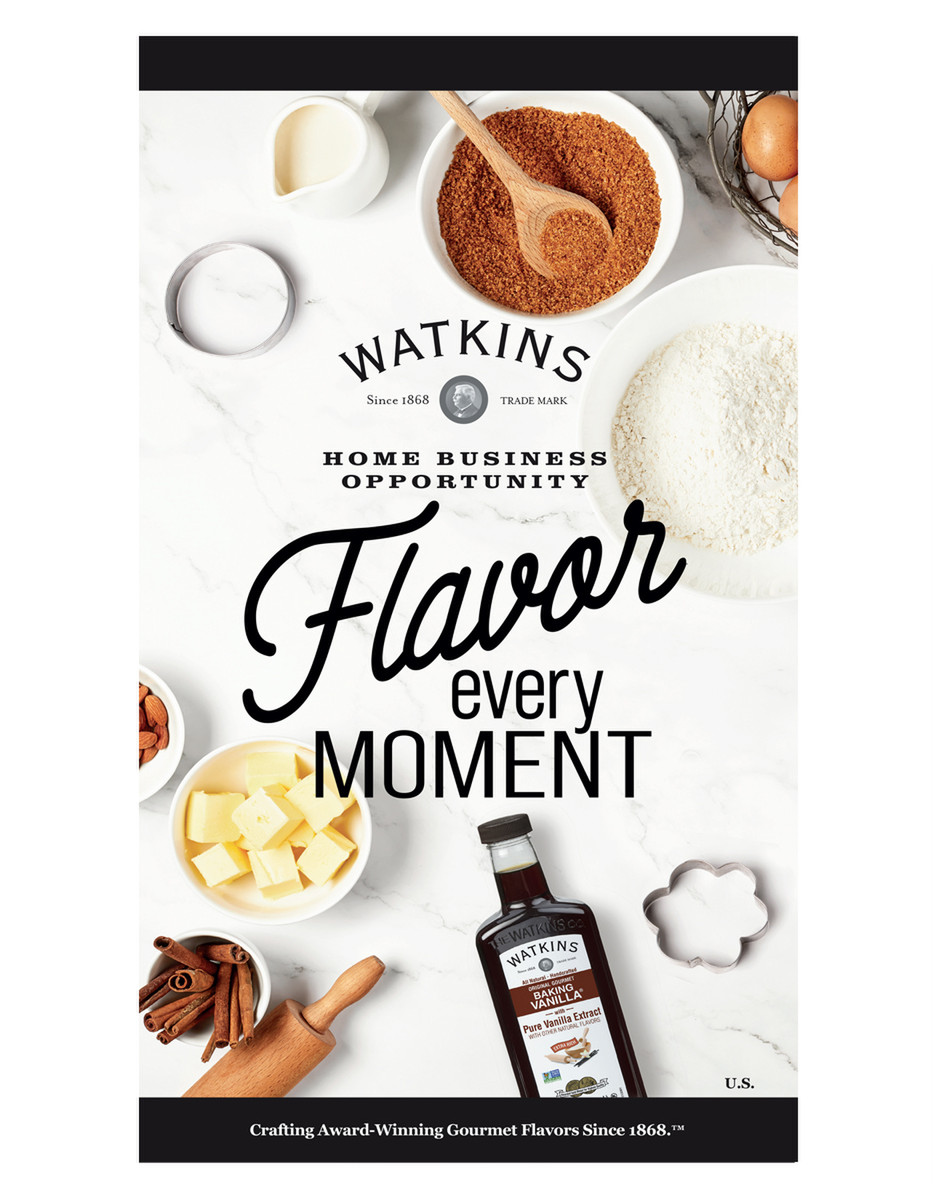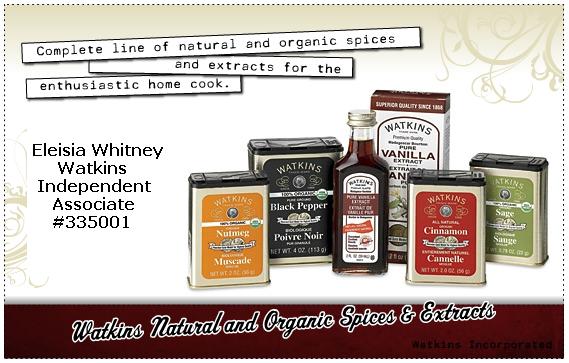The food you eat can’t turn straight hair curly, or dark hair blond. Your stylist has to help you with that. But the right diet can help improve your hair’s health at the source, and shiny, vibrant tresses can be the result.
There are many ways that diet affects the health of your hair. Here are a few things you can do to assist nature.
Pay attention to protein.
Your hair consists mostly of protein, so you need protein in your diet to build more hair. Protein deficiencies are uncommon in the United States, but if your diet is low in protein, add more meat, poultry, eggs, legumes, whole grains, and soy.
Seek trace minerals.
As their name suggests, trace minerals are found in foods in small amounts. Silica is just one trace mineral that's important for hair health. Unprocessed foods are the best choice for trace minerals. Organic foods often have higher concentrations of these minerals than conventionally grown foods.
Lose weight slowly.
A diet too low in calories will probably be low in the foods that promote healthy, shiny hair. If you cut back on calories drastically, you might find yourself shedding hair in the weeks and months following your diet. A reasonable weight-loss plan will set both your diet and your hair back on track.
Stay hydrated.
Drink plenty of water, mineral water, unsweetened juice, and herbal tea to stay hydrated, which benefits your body and your hair. These choices are better than soft drinks, carbonated beverages, or sugary juices and sports drinks.
Limit tea, coffee, and alcohol.
These beverages can interfere with the body's absorption of some minerals.
Eat lots of fruits and veggies.
Most fruits and vegetables are high in health-promoting antioxidants.
Consider a multivitamin.
Talk to your doctor to see whether a daily multivitamin might help supplement your diet and support the health of your hair.
For certain hair conditions, there are foods that contain nutrients that may lead to healthy, shiny hair.
Dry hair.
Your diet might be lacking in essential fatty acids if your hair is dry and prone to breakage. Foods that can encourage shiny hair include oily fish like salmon, tuna, trout, herring, and mackerel. Olives, nuts, seeds, and avocados are also high in these fatty acids.
Greasy hair.
Foods high in B vitamins can help fight the grease. Also, it's best to avoid fried foods.
Graying hair.
The link between diet and graying hair isn’t clear, but it’s possible that tyrosine, an amino acid, might help ward off the gray. Vitamin B5 has also shown promise in fighting gray hair — find it in meat, fish, poultry, and eggs.
Thinning hair.
A diet low in iron can contribute to hair loss, so if your iron levels are low, add red meat, beans, fortified cereals, and green leafy veggies to your plate. Protein might also be a problem — hair consists mostly of protein, so reach for protein to help build it. Try meat, low-fat dairy foods, eggs, nuts, seeds, and soy proteins, such as soymilk and tofu. Vitamin E may also help reduce hair loss — find it in green leafy veggies, grains, and nuts. If you suspect that your hair loss stems from a thyroid problem, try iodine-rich seafood.
Choose the right foods, and your body and hair will both thank you.
Watkins offers several products to improve the health of your hair.

Superfood Multiple - Complete Multivitamin, #02260
Optimum nutrition means more than just vitamins and minerals. This vitamin includes antioxidants, enzymes, bioflavonoids, greens and whole food concentrates along with optimum potencies of every important vitamin and mineral to keep you feeling and performing at your very best.

Skin, Hair, & Nails, #02270
Revitalize your skin, hair, and nails with this unique blend of vitamins, minerals, essential oils and antioxidants that protect from aging and help rejuvenate new growth of skin, hair, and nails while replenishing them with essential nutrients for a healthier, more vibrant appearance. A good source of Omega-3

Aloe and Green Tea Shampoo, #23326
Bring out the natural beauty of your hair with J.R. Watkins natural daily shampoo. Our gentle formula contains mild cleansers, which remove dirt and oil without weighing hair down. Our natural formula also contains wheat proteins to strengthen hair.
• 99.42% natural.
• NPA certified.
• Mild formula gently cleanses.
• Rich, luxurious suds.
• Gently removes dirt and oil.
• Safe for use on all hair types.
• Will not weigh hair down.
• Will not weigh hair down.
• Will not harm surface water, safe for aquatic life.
Essential Ingredients
• Aloe Leaf Juice: natural moisturizer.
• Lemon Peel Extract: natural exfoliant.
Aloe and Green Tea Conditioner, #23327
Nourish your hair with a daily conditioner that conditions as it moisturizes, leaving hair shiny and tangle-free.
• 98% natural
• Safe for use on all hair types
• Won't weigh hair down







